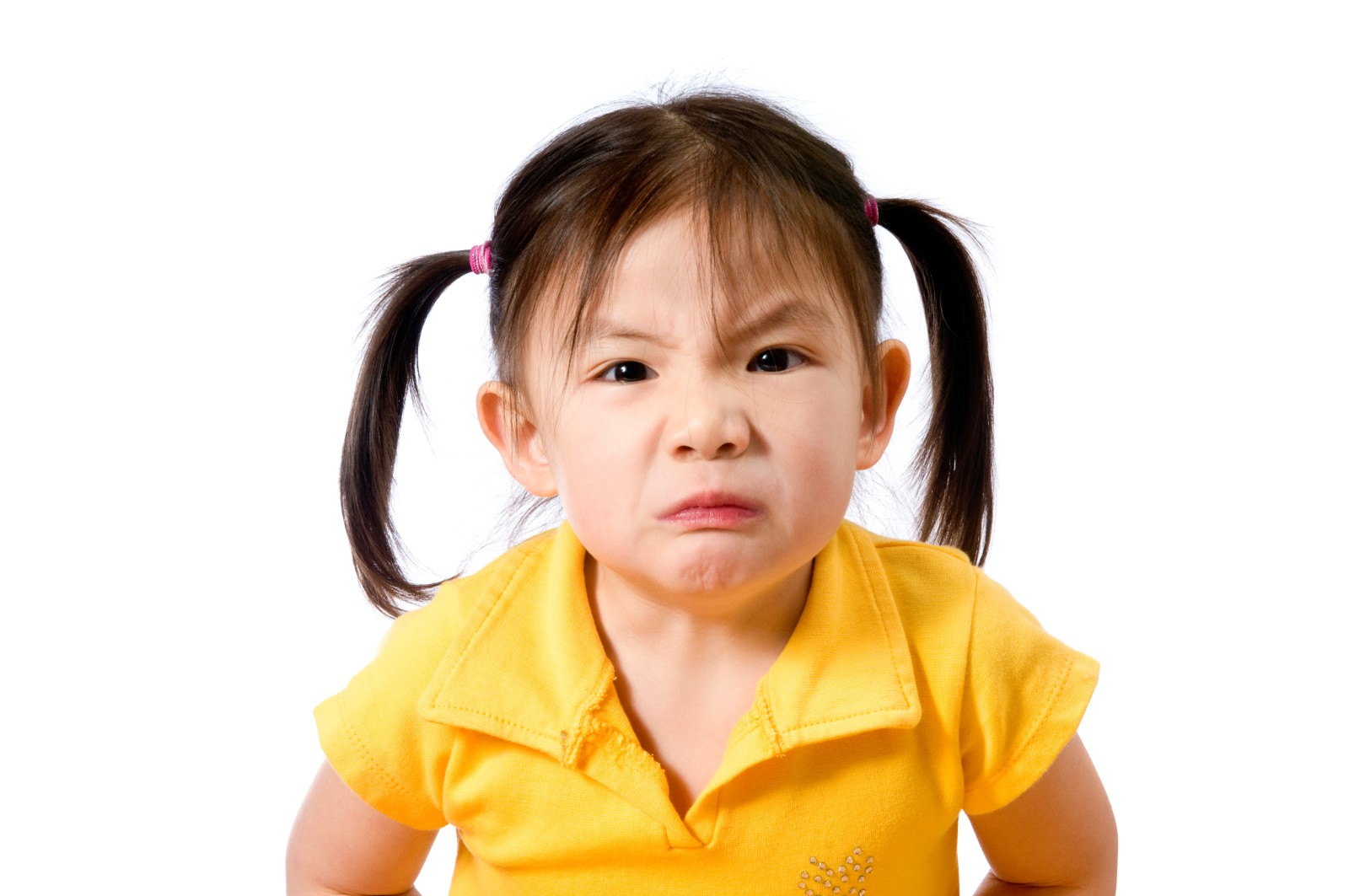
 Communicating with your child: How It Affects Them & Tips For Parents
Communicating with your child: How It Affects Them & Tips For Parents  Childhood Depression: Symptoms & Prevention
Childhood Depression: Symptoms & Prevention  Are You Raising Impatient Entitled Kids?
Are You Raising Impatient Entitled Kids?  Surviving The Terrible Twos
Surviving The Terrible Twos  8 Ways To Get Your Toddler To Share
8 Ways To Get Your Toddler To Share 
Imagine this. You’re rushing to settle your groceries at the supermarket after a long day at work and your 4 year old is persisting over that forbidden chocolate all the way to the cashier. Your final ‘NO’ sends him into a hissy fit, sprawled on the floor kicking and becomes an eyebrow raiser to the rest of the supermarket. This is the point where your head floods with questions on whether you should just buy him the chocolate to stop the ‘drama’, stand firm on your ground, yell at him or just drag him out of the store.
Every child is precious, dear and a joy to raise except in those moments when stubbornness raises its head. Whether we call them stubborn or strong-willed, parents agree the head-butting situations that arise from this trait can be exhausting to both parties. Mr Teo Chee Keong, Founder of People Impact and Ms Audrey Tan, Principal of Learning Vision @ Raffles provides us with some insights on this discussion.
Strong-willed vs stubborn
Strong-willed may very often be seen as a euphemism for stubborn behaviour but Mr Teo suggested that parents associate their kids strive for positive actions to be a sign of strong will. Examples cited were in relation to competitiveness in sport, school and achieving excellence. All other tantrum-throwing behaviour over the selection of clothes, foods or anything unproductive were classified as stubbornness.
Continue on next page..
Dealing with stubborn situations
Very often stubborn behaviour is displayed as a sign of protest against routine to which the child is averse, be it bath-time, sleep-time or meal-time. As both parents and kids approach these forbidden times with dread, the propensity for conflict and for emotions to get the better of reason becomes greater. Both Ms Tan and Mr Teo advised on parents taking a step back from their usual proposition and offered tips that worked in their respective parenting situations.

Cause for concern
Watching a stubborn kid may heighten fears about their behaviour manifesting into rebellion, anger and rudeness as they grow older. At the same time, we have also seen many kids outgrow this phase of throwing tantrums and turn out to be perfectly behaved ladies and gentlemen. On preventing behaviour from worsening with age, Ms Tan felt that kids do not naturally outgrow this phase. Early exposure to people – both young and old- hone the collaboration skills in children allowing them to empathise with different people’s needs.
Mr Teo, being a professional in children’s behavioural management, reiterated the importance of early intervention to ensure kids are steered in the right direction and prevent stubbornness from morphing into rebellious outbursts. Having said that, Mr Teo reassured that all is not lost when kids display stubborn behaviour as toddlers or pre-schoolers. Some do in fact take a natural course of developing stubbornness into a positive trait of holding strong beliefs in discipline, responsibility and task management as they grow older.
Continue on next page..
Modeling the good behaviour cultivated in school
7 out of 12 parents interviewed agreed that their children had no disciplinary issues in school and on the contrary were commended for displaying leadership, team-spiritedness and compliance during school hours. Alas, they are the same ones who transform into recalcitrant kids at home. What then happens in school to elicit compliance?
According to Ms Tan, collaborative work and the environment where children are modeling after other kids socially engineer them to present a more docile front at school. The need to work in groups and achieve a common outcome usually takes the “I” and “me” out of their minds to focus on achieving the task at hand. This becomes harder to model in the home environment where the child assumes centrality in everything the parents or caregivers do.
Whilst emulating a school environment may be difficult – owing to the lack of children at home – both Mr Teo and Ms Tan encouraged parents to get kids to take ownership over certain tasks and steer them in the direction of how you have planned the day. If mealtimes were going to be a struggle, get your kids to set the table with their favourite cutlery, make them responsible for garnishing meals and let them have a hand in cleaning up along with you. That way, children will feel responsible for ensuring everyone, including themselves, finish up their meals.

Golden rules at your fingertips
In summary, both Mr Teo and Ms Tan had some really interesting rules for parents to imbibe and practise on a daily basis to avoid hair-pulling situations.
As Mr Teo aptly added, “Don’t let your four-year-old make you behave like a four-year-old,” everyone in the room broke into a knowing chuckle.
The need to work in groups and achieve a common outcome usually takes the “I” and “me” out of their minds to focus on achieving the task at hand. C.P.F – Be Consistent, Patient and Firm with your child. Children are governed by habits and will start complying once they know where you stand.
If you liked this article, Like the Pregnancy & Baby Facebook Page as well!
Copyrighted Pregnancy & Baby by Mummys Market 2019


